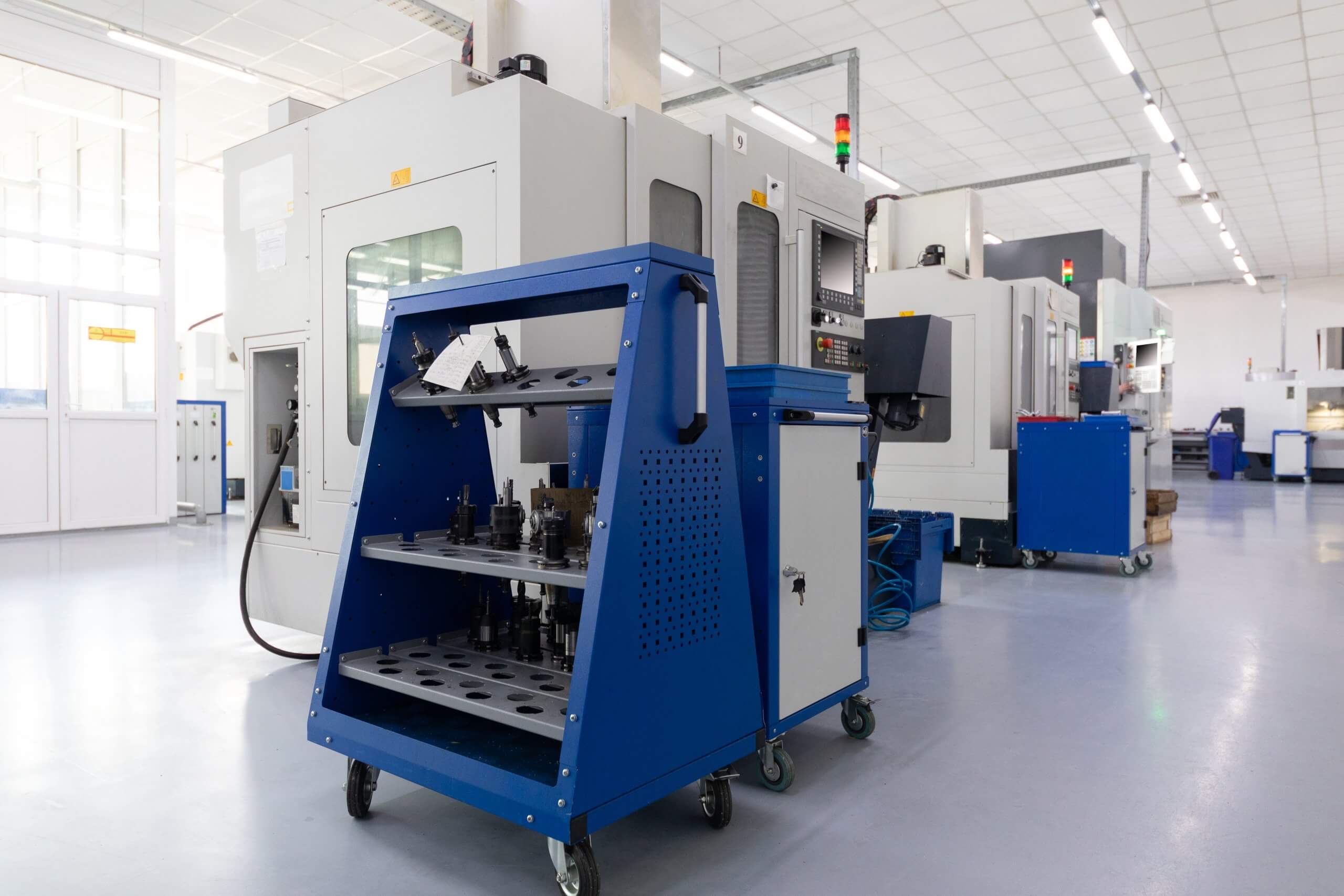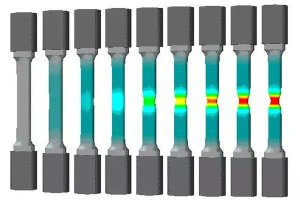In today’s manufacturing world, CNC (Computer Numerical Control) machines are indispensable. These high-tech machines are capable of producing incredibly precise and complex parts, making them essential for industries ranging from automotive to aerospace. Let’s take a closer look at some of the most common types of CNC machines and what makes each one special.
Milling Machines and Machining Centers
Milling machines, often called mills, are versatile tools in any machine shop. They have three standard axes: X, Y, and Z. The workpiece is usually fixed on a movable table, while the cutting tool rotates and moves along these axes. These machines are great for producing a variety of parts, from simple to complex.
CNC machining centers take milling a step further. They can perform multiple operations—like drilling, boring, and threading—all in one setup. This efficiency is a game-changer for production lines. Vertical machining centers (VMCs) are ideal for flat parts, while horizontal machining centers (HMCs) excel at working on parts that need machining on multiple faces.
Lathes and Turning Centers
CNC lathes are designed for turning operations. In these machines, the workpiece rotates around its axis, and the cutting tool is fixed on a movable turret. This setup is perfect for producing round parts like shafts, rods, and bushings. Modern CNC lathes often come with additional features like live tooling, which allows for milling and drilling operations on the same machine.
Turning centers, a more advanced type of lathe, can handle even more complex parts. They often include accessories like tailstocks and steady rests, making them incredibly versatile. Whether you’re working with simple cylindrical parts or more complex shapes, turning centers have got you covered.
Special CNC Machines
There are many other types of CNC machines, each tailored to specific tasks:
- Drill Presses: Precision drilling
- Boring Machines: Enlarging holes
- Profiling Machines: Creating complex shapes and contours
- Electrical Discharge Machines (EDMs): Using electrical discharges to machine materials
- Flame Cutting Machines and Water Jet Cutters: Cutting through thick materials with ease
- Laser Cutters: Precision cutting for various materials
- Cylindrical Grinders: Precision grinding of round parts
- Welding Machines: Automating the welding process
- Bending, Winding, and Spinning Machines: Shaping materials into desired forms
Comparison Table
Here’s a simple table to help you compare the main types of CNC machines:
| Machine Type | Axes | Typical Operations | Best For |
|---|---|---|---|
| Milling Machines | 3 | Milling, drilling, reaming | Small parts, tool rooms |
| Machining Centers (Vertical) | 3+ | Multiple (drilling, milling, etc.) | Flat parts, flexible operations |
| Machining Centers (Horizontal) | 3+ | Multiple (drilling, milling, etc.) | Parts needing multi-face work |
| Lathes | 2 | Turning, threading, parting | Round parts, simple operations |
| Turning Centers | 2+ | Turning, live tooling (milling) | Complex, multifunctional parts |
Why CNC Machines Matter
The impact of CNC machines on manufacturing is huge. They offer unmatched precision and consistency, which is crucial for producing high-quality parts. Automation reduces human error and increases production speed, making processes more efficient and cost-effective. Plus, CNC technology allows for rapid prototyping and complex geometries, driving innovation across industries.
Other Articles You Might Enjoy
- Unraveling the World of CNC Machined Plastic Parts(CNC machined plastic parts Mabel)
Modern innovations have taken traditional manufacturing methods to new heights. One such innovation that stands out is Computer Numerical Control (CNC) machining, a process used extensively in various industries from…
- Differences Between CNC Lathes and CNC Mills
In the world of manufacturing, two machines play pivotal roles: CNC lathes and CNC mills. These machines share the purpose of material removal using cutting tools, yet they possess unique…
- Exploring the World of CNC Machining(what is cnc Valentina)
What is CNC? This acronym stands for Computer Numerical Control, a technology that has significantly revolutionized various sectors including manufacturing, engineering, and design. CNC machining is automated control over specialized…
- What are the requirements for CNC machining of bearing parts?
Bearings are common and important parts in the automotive industry, which can support transmission components and transmit torque. Generally, CNC machining centers are used to process bearing parts. So what…
- How Industry 4.0 Revolutionizes CNC Machining
The manufacturing industry is undergoing a profound transformation with the advent of Industry 4.0. This groundbreaking initiative, embraced by major companies and countries alike, leverages IT technologies to automate production…
- Aluminum CNC Machining Service for Custom Parts
Aluminum CNC machining stands at the forefront of modern manufacturing, epitomizing precision, versatility, and efficiency. With its widespread applications across industries ranging from aerospace to automotive and beyond, aluminum CNC…









